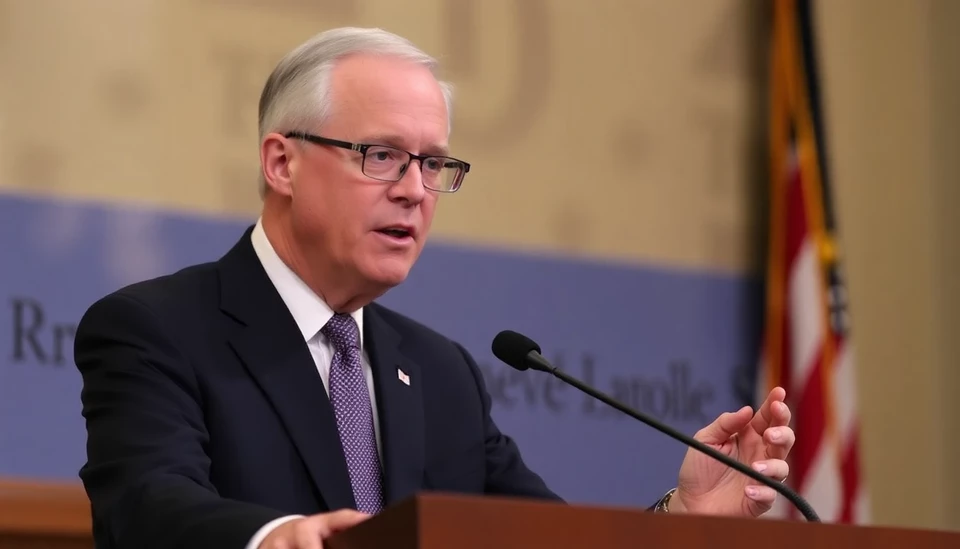
The United States job market is grappling with a significant rise in long-term unemployment, a trend that could have far-reaching implications for the economy and labor force. Recent data reveals that a considerable percentage of unemployed individuals are struggling to find work for extended periods, raising concerns about the structural integrity of the job market.
As of late 2023, the statistics show alarming figures that indicate the duration of unemployment is stretching longer than expected. This trend signals a shift in the dynamics of the job market, suggesting that many job seekers are facing challenges that hinder their ability to secure employment quickly. Labor economists are closely monitoring these developments, as prolonged unemployment can lead to skill erosion, financial instability, and decreased consumer spending.
Experts believe multiple factors are contributing to this trend. The swift advancements in technology have created a skills gap, leaving some workers unprepared for the evolving job landscape. Additionally, certain industries are experiencing layoffs, shrinking the number of available jobs and exacerbating competition among job seekers. The imbalance between job availability and a workforce that has not fully adapted to new demands could lead to increased long-term unemployment rates.
Moreover, regional disparities in employment rates have also emerged as a critical component of this issue. Certain areas within the US are experiencing job shortages, which directly impacts the unemployment landscape and forces many individuals to relocate in search of better opportunities. This trend is raising social and economic concerns, as people may face challenges related to housing and community stability during their pursuit of employment.
The implications of prolonged unemployment are profound, not just for those directly affected but also for the economy as a whole. Policymakers are being urged to assess and address these challenges to mitigate the potential long-term effects on labor market stability. Encouraging reskilling initiatives, enhancing job placement programs, and providing better support systems for the unemployed are crucial strategies that have been proposed by labor advocates and economists alike.
As we enter 2024, the ongoing situation demands attention and action from all stakeholders involved. The future of the US job market will depend on how effectively we can bridge the gap between job seekers and available opportunities, ensuring that the economic recovery is not hindered by rising long-term unemployment rates.
#JobMarket #Unemployment #LongTermUnemployment #Economy #LaborMarket #SkillsGap #EmploymentTrends #JobSeekers
Author: Daniel Foster




